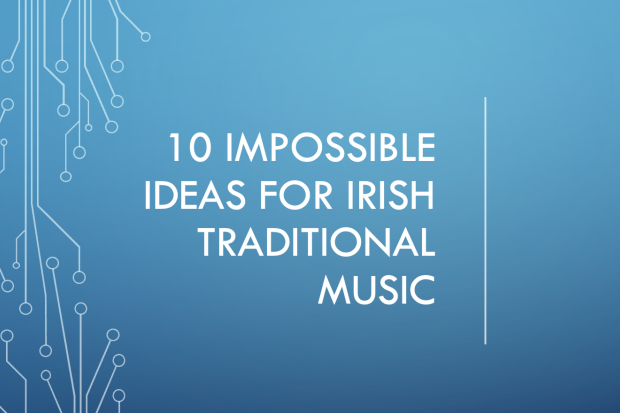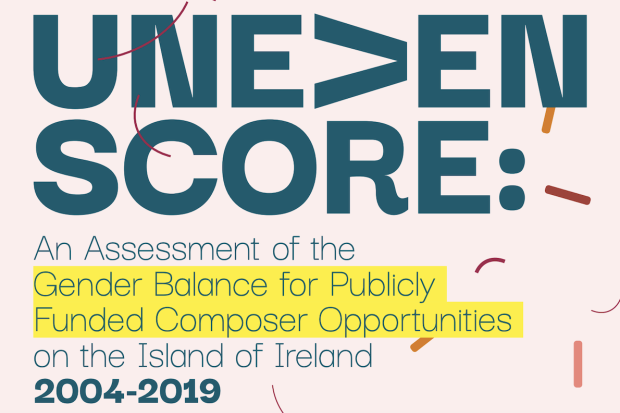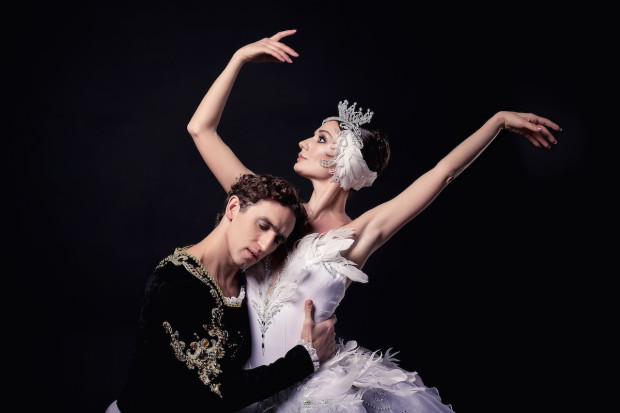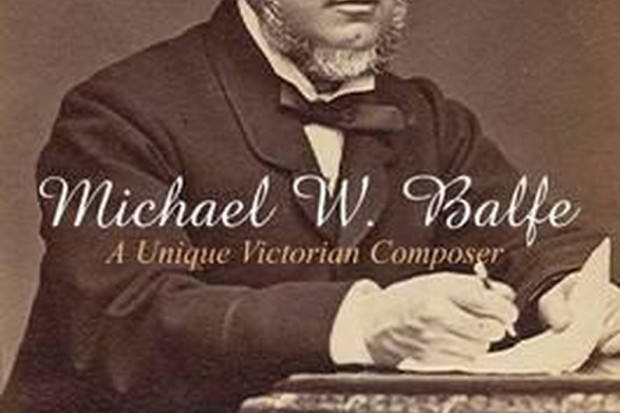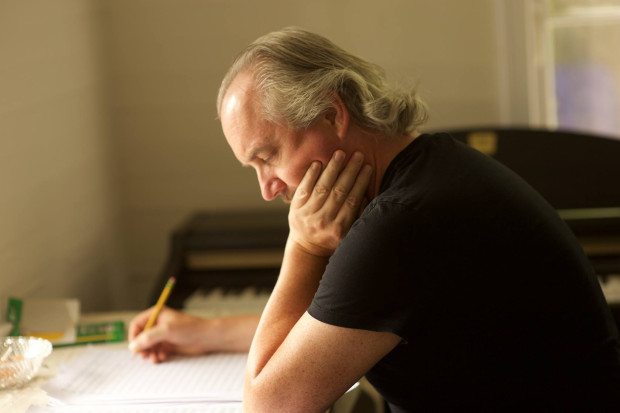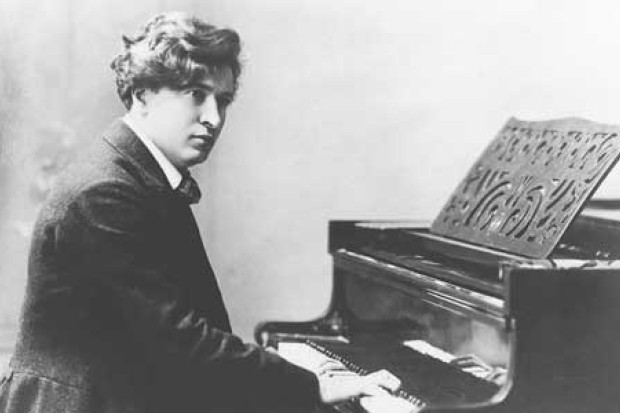
Joanna MacGregor
The MacGregor Adventure
The classical music world is full of soloists with very impressive CVs. Given the aging audience, the fragile financial support, and the increasing competition between artists, ensembles and venues, it is surprising that the presentational approach for classical music is generally mired in a very fixed set of traditions. I suspect that we see less adventure in recitals than was the case back in the days of Franz Liszt! However, every classical musician knows you mess with those performance conventions at your peril, and the longer a tradition goes on the more it resists change: at present, for the solo pianist, there is usually little or no talking and the pieces are separated by applause, hopefully with respectful silences between movements. The programme usually hangs together by dint of obvious historical ordering or grouping, and there is no longer any improvising on themes. It is amazingly taxonomic, not to say taxidermic. But even gentle change can enrage the critic – while the audience is probably gagging for a breath of air.
Pianist Joanna MacGregor was on an all-Ireland ten-concert Music Network/Moving on Music tour in March, and I caught her in Limavady, in the very nicely appointed Roe Valley Arts and Cultural Centre. Her programme broke out of the dustier habits of concert practice. It was organised in a way that was clearly intended to reach out to a modern public who just might find the range of repertoire challenging. The pieces were played in blocks, each one entirely without gaps, so that we heard up to six pieces running into one another.
There were five of those blocks, each with a spoken introduction: the first was five preludes and fugues – a mixture from Bach and Shostakovich; this was followed by six Chopin mazurkas, each from a different opus set; next was a single piece, Roadshow, newly written by Conor Linehan for MacGregor; the fourth was ‘Lost Highways and American Journeys’ – five items from the US about which more later; and the last was four Piazzolla tangos.
There were extensive programme notes as well as spoken introductions before each block, yet (thankfully) MacGregor did not repeat written material in the spoken parts; rather, the musical character and motivation for the selection of each piece were explained further. In effect, this was a programme held together by the lifetime of musical and pianistic experiences of the performer, inviting us into her thoughts, knowledge, motives and emotional reflections. Sometimes her descriptions were perhaps extraneous for listeners, but when invited to listen for the private and experimental quasi-improvised harmonic quality of the Chopin mazurkas, it was a useful reminder that sharpened the listening outcome, especially if one was also tempted to listen for evidence both for and against the remarks.
It is common for pianists to play whole ‘books’ of music such as the preludes and fugues of Bach or Shostakovich, and there is even a reluctance among concert pianists to pick just a selection. But MacGregor’s mission seemed to be to cover a lifetime of exploration in different styles and genres, so she gave just highlights from various areas of her repertoire. Each section tended to build from calmer more contained examples (of preludes, fugues or mazurkas for example), to greater, more tempestuous examples, so that the evening proceeded in waves of energy. In fact, the technical challenges of the music tended to grow within these blocks. I found the playing very convincing and consistent for the most part, with just a few moments where rhythmic continuity broke minutely to assist a massive position change in a couple of places. All the pieces sounded like they had bedded down in her repertoire utterly solidly, with the exception of the Linehan, which was finished only a couple of weeks before this concert.
Often when one comes out of a recital that focuses on a couple of books of music, such as Chopin’s études or Debussy’s preludes, there is the satisfaction of feeling that one was drawn in closer than is ever possible with recordings, and such concerts are remembered for life. With the kind of heterogeneous programming in this concert there is much more likelihood that some blocks will be more memorable than others, and for me this was the case. I found the idea of super-imposing the Bach and Shostakovich to be richly satisfying, and I would gladly have swapped more of this for less of some other parts of the evening. Equally, the notably homogeneous block of Chopin mazurkas made me immediately promise myself to explore those further through recordings.
The Piazzolla block was a great success – it became fashionable some years back to finish chamber music concerts with a tango or two from this composer – to the point that it became an annoying and predictable gesture. In this case, with the degree of background given in the spoken introduction, and the care of selection and the obviously deeper engagement of MacGregor with this music, it was a fine example of how to get music across to an audience. Over four tangos, from ‘Tanguedia’ to the famous ‘Libertango’, we were brought from playful and popular music to the heavier and headier reflections of Piazzolla’s tumultuous life and career.
The inclusion of Conor Linehan’s Roadshow was not a high point; the piece was entirely too dependent on the spadework of composers of previous generations, and although it varied material from the opening, the surface effect was of rather block-like sequences of texture, lacking a strong enough sense of compositional editing. However, had it been possible to place the piece among the ‘American Journeys’ section it would have worked much better, which tells you something about this new way of ordering a concert.
‘American Journeys’ was the most heterogeneous but risked self-indulgence. I can’t see how a sprinkling of Charles Ives (The Alcotts from the Concord Sonata) goes with a sprinkling of Thelonious Monk (Monk’s Point); it produced an effect of stylistic incoherence, without any hint of revealing something unexpected. The other items however – two traditional gospel melodies (Deep River and Ain’t No Grave Gonna Hold My Baby Down) and Professor Longhair’s Big Chief – brought us what sounded like near-improvisatory versions of the two gospel hymns, powerful tunes that go back to MacGregor’s childhood.
The door is definitely open to other performers to communicate their experience and knowledge as musicians and listeners in this way. I am sure plainer, more integrated programmes would also benefit from some verbal contextualisation, and that this is needed by audiences today more than ever.
Published on 12 April 2015
John McLachlan is a composer and member of Aosdána. www.johnmclachlan.org












